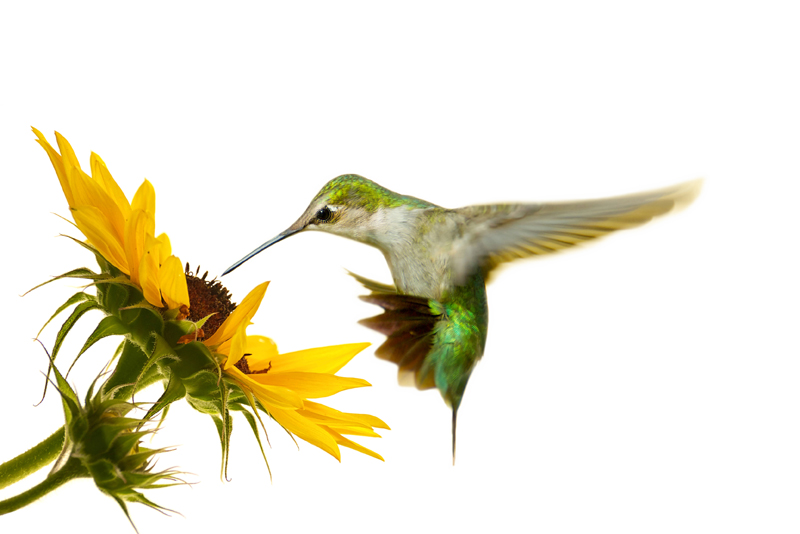Tote Bags

A tote is relatively easy for beginning sewers and nearly an art form for seasoned ones. The multipurpose sack is really just a rectangle of fabric, to line or not, sewn up the sides and bottom with handles added for carrying or 'toting' around those miscellaneous items we can’t leave home without. Fabric totes are useful for carrying all manner of things - library books or groceries, mall or market shopping, snacks and treats for a mini picnic in the park, baby necessities, comfy shoes or sneaks for after-work or lunch-time walking, beach items, craft supplies, and so much more. Tote bags are an all-season practical carry-all.
Totes can be made from just about any kind of fabric yardage (twill cotton works great) or even thrifted material (think old jeans, no-longer-in-use sturdy curtains, old paint-splashed canvas tarps can be quite artistic). Totes can be lined with contrasting fabric and embellished for a personal statement. It is so easy to make one, why not make two or more as they are truly indispensable. They make for great gift sacks as well.
Decorated in hundreds of ways or left unadorned for simple utility, tote bags can be made in a variety of sizes from mini to market to oversize, can be easily reinforced at the bottom for strength, and are endlessly adaptable to most any sturdy woven type fabrics. Some sizes are fat-quarter friendly. Many tote patterns and tutorials can be found online, however they readily can be made without using any paper pattern at all.
Most traditional totes are finished size 12 inches by 16 inches with one-inch sturdy straps. Only 1/2-yard of fabric, double the amount if the handy bag is to be lined, is approximately all that is needed. Add an additional 1/3 of a yard if making self-fabric straps otherwise purchased webbing is a quick to use alternative and comes in a variety of colors.
Adding boxed corners to the tote gives the bag more useable inside space by squaring the bottom. One easy way to make the boxed corners, after the bag sides and bottom edges are stitched right-sides together in a 1/4-inch seam, pinch and pull apart each corner so that a triangle becomes evident, pin to hold then stitch across each end triangle about 2 inches in to form the boxy ends (stitch in 3 inches or slightly more to create a wider bottom to add more volume to the bag). Finally, trim off the triangle end so a 1/4-inch seam remains. Turn right-sides out. A lining for the tote can be made the same way. For a lined tote, sandwich the tote straps between the lining and outer bag, securely stitch the straps by top stitching all around the tote bag top edge. Extra stitching of the straps at the top edge by stitching in an X where the straps connect to the bag helps to give extra support.
An option to consider to reinforce the bottom of the tote is to add a piece of plastic canvas or cardboard cut to fit the bottom of the bag. The cut piece will just lay freely in the bottom of the bag making it easy to remove to wash the fabric tote if needed.
Fabric tote bags are environmentally friendly as they are reusable, recyclable and can reduce our reliance on plastic grocery and market bags which have impacted our environment in so many detrimental ways. They are wheelchair and walker assisted device handy as well.
It is estimated that over one million plastic grocery-type bags are consumed per minute globally. Currently some grocery stores are attempting to reduce reliance on the thin plastic bags by charging a few pennies for them. Some states have outright bans. Since shoppers are now actively encouraged to bring their own reusable bags, consider an easy-to-sew eminently functional tote bag that can replace the ubiquitous plastic grocery sack. The planet may just offer up a collective sigh of gratitude at this simple sewing effort of sustainability.
Easy to Sew Lined Tote Bag from HGTV.
Sew happy, sew inspired.
Totes can be made from just about any kind of fabric yardage (twill cotton works great) or even thrifted material (think old jeans, no-longer-in-use sturdy curtains, old paint-splashed canvas tarps can be quite artistic). Totes can be lined with contrasting fabric and embellished for a personal statement. It is so easy to make one, why not make two or more as they are truly indispensable. They make for great gift sacks as well.
Decorated in hundreds of ways or left unadorned for simple utility, tote bags can be made in a variety of sizes from mini to market to oversize, can be easily reinforced at the bottom for strength, and are endlessly adaptable to most any sturdy woven type fabrics. Some sizes are fat-quarter friendly. Many tote patterns and tutorials can be found online, however they readily can be made without using any paper pattern at all.
Most traditional totes are finished size 12 inches by 16 inches with one-inch sturdy straps. Only 1/2-yard of fabric, double the amount if the handy bag is to be lined, is approximately all that is needed. Add an additional 1/3 of a yard if making self-fabric straps otherwise purchased webbing is a quick to use alternative and comes in a variety of colors.
Adding boxed corners to the tote gives the bag more useable inside space by squaring the bottom. One easy way to make the boxed corners, after the bag sides and bottom edges are stitched right-sides together in a 1/4-inch seam, pinch and pull apart each corner so that a triangle becomes evident, pin to hold then stitch across each end triangle about 2 inches in to form the boxy ends (stitch in 3 inches or slightly more to create a wider bottom to add more volume to the bag). Finally, trim off the triangle end so a 1/4-inch seam remains. Turn right-sides out. A lining for the tote can be made the same way. For a lined tote, sandwich the tote straps between the lining and outer bag, securely stitch the straps by top stitching all around the tote bag top edge. Extra stitching of the straps at the top edge by stitching in an X where the straps connect to the bag helps to give extra support.
An option to consider to reinforce the bottom of the tote is to add a piece of plastic canvas or cardboard cut to fit the bottom of the bag. The cut piece will just lay freely in the bottom of the bag making it easy to remove to wash the fabric tote if needed.
Fabric tote bags are environmentally friendly as they are reusable, recyclable and can reduce our reliance on plastic grocery and market bags which have impacted our environment in so many detrimental ways. They are wheelchair and walker assisted device handy as well.
It is estimated that over one million plastic grocery-type bags are consumed per minute globally. Currently some grocery stores are attempting to reduce reliance on the thin plastic bags by charging a few pennies for them. Some states have outright bans. Since shoppers are now actively encouraged to bring their own reusable bags, consider an easy-to-sew eminently functional tote bag that can replace the ubiquitous plastic grocery sack. The planet may just offer up a collective sigh of gratitude at this simple sewing effort of sustainability.
Easy to Sew Lined Tote Bag from HGTV.
Sew happy, sew inspired.

Related Articles
Editor's Picks Articles
Top Ten Articles
Previous Features
Site Map
Content copyright © 2023 by Cheryl Ellex. All rights reserved.
This content was written by Cheryl Ellex. If you wish to use this content in any manner, you need written permission. Contact Cheryl Ellex for details.







